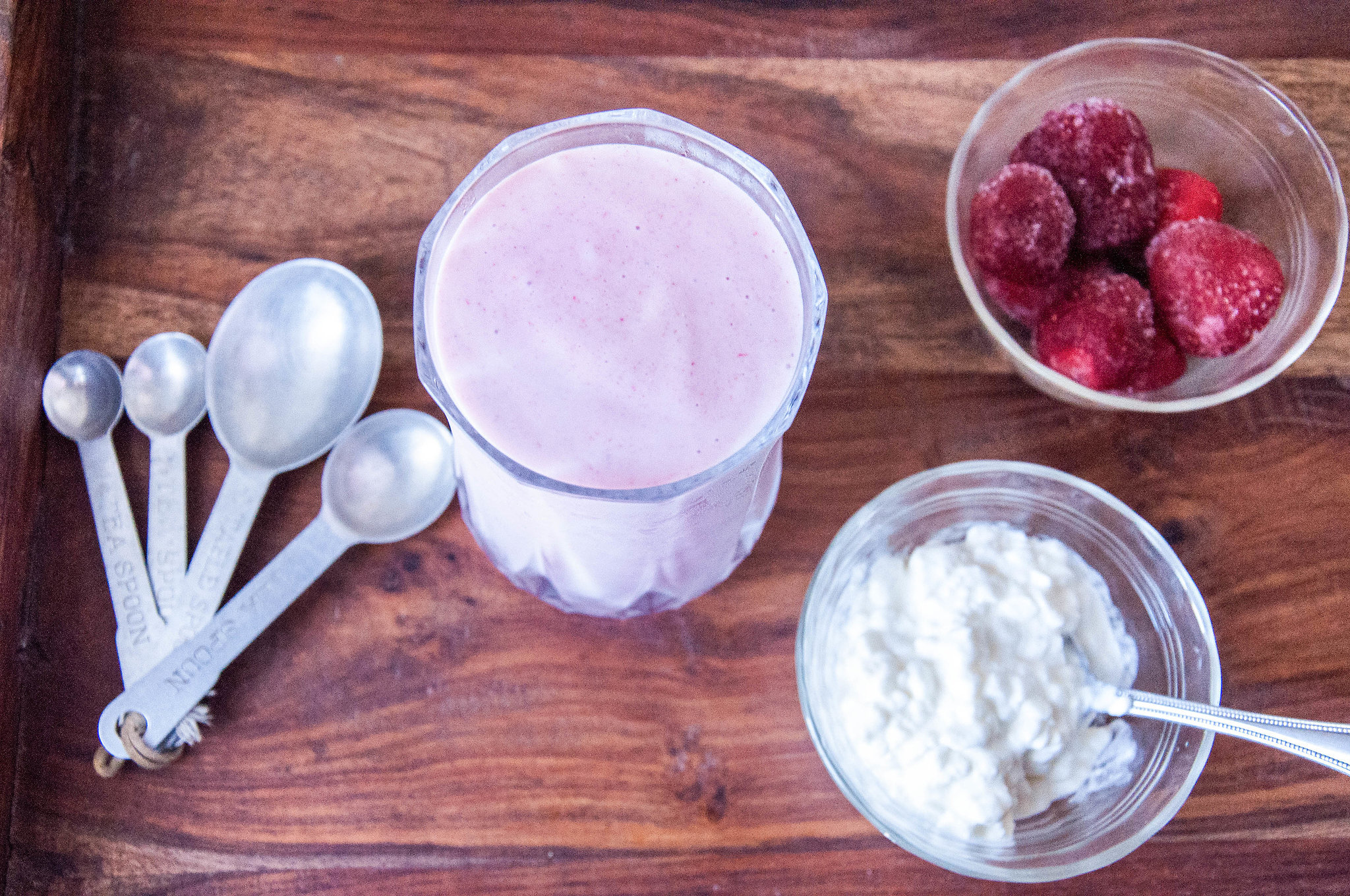Gluten is the general term for a protein found in wheat, barley, rye and triticale. All forms of wheat contain gluten, including durum, spelt and farro.
Wheat is commonly found in bread, baked goods, crackers, cereals and pasta. Soups may contain gluten, as well as sauces and salad dressings. Barley is often found in malt, food coloring, soups, malt vinegar and beer.
Unfortunately, a significant number people have an adverse reaction to gluten when they consume it, meaning that they must adhere to a gluten-free diet to remain healthy.
This Knowledge Center article provides further information on gluten, including why some people should avoid consuming it and which foods are known to contain gluten.
Fast facts on gluten
Here are some key points about gluten. More detail and supporting information can be found in the main article.
- Gluten refers to a protein that is present in wheat, rye and barley
- Gluten can be found in food products as diverse as salad dressings and beer
- Cosmetics, medications and nutritional supplements can also contain gluten
- For people with celiac disease, gluten causes damage to the small intestine
- Celiac disease should be treated with a gluten-free diet
- Gluten is only hazardous to the health of people with celiac disease.
What is gluten?
Gluten is a name given to proteins found in all forms of wheat, barley, rye and triticale. These proteins help bind foods together, maintaining their shape.
Gluten can be found in many common foods such as bread and baked goods.
Gluten is most commonly found in foods such as bread, cereals, baked goods and pasta for which wheat, barley, rye and triticale are often key components. However, these grains are also used less obviously in other foods, including soups, food coloring, sauces, salad dressings, vinegar and beer.
An individual may need to eat a gluten-free diet for several reasons.
Celiac disease is an autoimmune disorder in which someone is genetically predisposed to have a reaction to gluten that damages the small intestine. This leads to intestinal damage, poor nutrient absorption and physical pain. A person with celiac disease should consume a completely gluten-free diet.
Gluten sensitivity is a condition in which individuals may experience abdominal pain, bloating, diarrhea, constipation, headaches and fatigue after consuming gluten. Those with gluten sensitivity will not experience the small intestine damage that a person with celiac disease will. Elimination of gluten may improve these symptoms.
Some people also choose to follow a gluten-free diet because they believe that it is a healthy diet to follow. However, there is limited evidence to suggest that gluten is bad for your health outside of celiac disease. You can learn more about the trend of following a gluten-free diet in our Spotlight article.
Last year, Gaynor Bussell, a dietitian and spokesperson for the UK’s Association for Nutrition, told Medical News Today: “Gluten is only bad for health if you are a celiac.”
Avoiding gluten
For individuals trying to avoid gluten, checking ingredient labels is extremely important. If a product contains wheat, it will be clearly labeled under allergy information. Products labeled wheat-free are not necessarily gluten-free. They may still contain spelt (a form of wheat), rye or barley-based ingredients, for example.
Fast facts about celiac disease
- Around 1 in 141 Americans has celiac disease
- Symptoms of celiac disease include stomach cramps and nausea
- The only effective treatment for celiac disease is a gluten-free diet.
A law enacted in August 2014 by the FDA ensures that all products labeled gluten-free are safe for individuals with celiac disease or gluten intolerance to consume.
Some non-food products may contain hidden sources of gluten, sometimes in the form of lecithin. Always check the ingredients for the following products if you are avoiding gluten:
- Prescription and over-the-counter medication
- Vitamin, mineral and herbal supplements
- Cosmetics
- Lip balm
- Other skin and hair products
- Toothpaste and mouthwash
- Adhesive glue found on stamps and envelopes
- Modeling dough.
Individuals with celiac disease should also avoid cross-contact of gluten-containing foods; this is when a gluten-free food comes into contact with gluten-containing foods.
Cross-contact can frequently occur with:
- Toasters
- Colanders
- Cutting boards
- Oil used in fried foods
- Shared containers
- Utensils.
Oats are often contaminated with gluten. Look for oats that are specifically labeled as gluten-free.
Gluten-free foods
While bread is typically a source of gluten, there are many other foods that are naturally gluten-free.
There are many naturally gluten-free foods that are safe to consume on a gluten-free diet:
- Fruits
- Vegetables
- Legumes
- Meat
- Dairy products
- Eggs.
Be sure if you purchase any of these in packaged form that nothing was added containing gluten. There are also versions of gluten-containing products that replace certain ingredients to make them gluten-free, such as gluten-free bread, cereals or baked goods.
Rice and quinoa are naturally gluten-free.
It is important to not self-diagnose the need for a gluten-free diet. If you suspect that you should eliminate gluten from your diet, talk to your doctor or a registered dietitian first.
Recent developments on gluten from MNT news
Celiac disease may be driven by specific gut bacteria
Only a small proportion of individuals who are genetically susceptible to celiac disease actually develop the condition, though the reasons why have been unclear. Now, a new study suggests it may be down to how certain gut bacteria respond to gluten.
Source: Gluten: What Is Gluten? Facts, Foods and Allergies : Medical News Today



